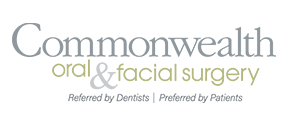14 Oct Does a cleft palate always result in a cleft lip?

Cleft palate and cleft lip, in which tissue in the palate or lip fails to come together properly in the early stages of development during pregnancy, can present significant challenges for children, affecting their speech and their ability to eat a typical diet. Although the two conditions do often occur together (in about 50 percent of cases), about a quarter of children will only have a cleft lip, while a quarter will only have the cleft palate. The palate and lip are related, but the two areas develop separately.
It may be possible to see a cleft lip or palate on prenatal imaging, but even if it isn’t visible at that time, it will become evident when the child is born. Parents shouldn’t delay seeking treatment options, as the first surgery can occur as early as when the child is three months old, in the case of a cleft lip but a little later than that for a cleft palate. When a child has a cleft lip or palate, the parents can schedule a consultation with an oral surgeon to learn what treatment approach is recommended in their child’s case.
Correcting the cleft lip and/or palate may necessitate numerous surgical procedures, and the oral surgeon can give you guidance about what to expect throughout that process. The surgeon can also provide information on general dental care for a child with a cleft lip or palate and educate parents on the preferred timing for any orthodontic interventions that may be needed.
Cleft palate and lip are one of the most common birth defects, but they don’t always occur together. If your child does have a cleft lip or palate, however, it is important to have the defect corrected surgically so that it doesn’t interfere with your child’s health or quality of life.
Feel free to call our office to ask any other questions you may have about cleft lip and palate or the surgical treatments for it.

